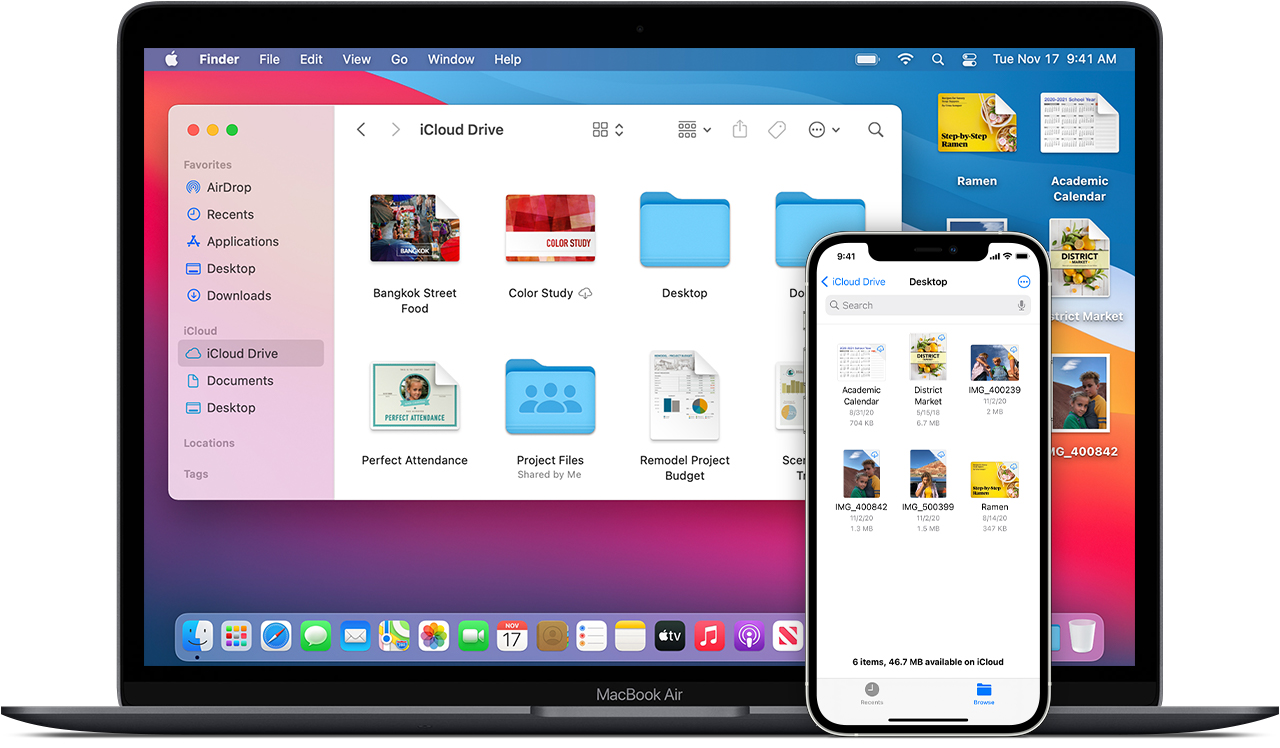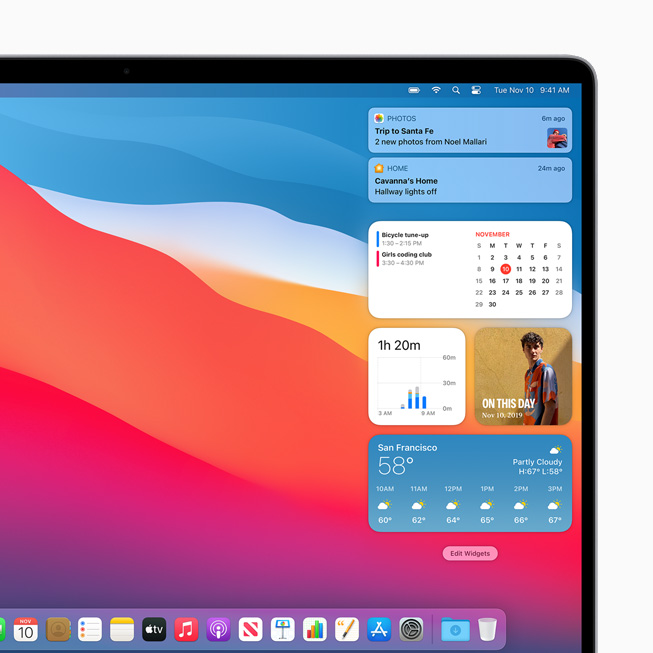Apple iPad Pro 12.9 (2020) tablet. Announced Mar 2020. Features 12.9″ display, Apple A12Z Bionic chipset, 9720 mAh battery, 1024 GB storage, 6 GB RAM, Scratch-resistant glass. Safari is the best way to see the sites on iPhone, iPad, and Mac. Thanks to blazing-fast performance and industry-leading energy efficiency, hundreds of millions of users enjoy exploring the web with Safari. Take advantage of powerful new features, advanced developer tools, and cutting edge technologies in Safari to deliver the best-in class websites and apps. Dec 18, 2019 12:52 AM in response to OS-Q In response to OS-Q The App Store Updates page only informs you of updates available for the OS you are currently running. As you are running an older system then you are probably up to date on that system.
You can update your iPhone, iPad, or iPod touch to the latest version of iOS or iPadOS wirelessly.* If you can't see the update on your device, you can update manually using your computer.
Before you update
Make a backup of your device using iCloud or your computer.
Update your device wirelessly
If a message says that an update is available, tap Install Now. You can also follow these steps:
- Plug your device into power and connect to the Internet with Wi-Fi.
- Go to Settings > General, then tap Software Update.
- Tap Download and Install. If a message asks to temporarily remove apps because the software needs more space for the update, tap Continue or Cancel. Later, iOS or iPadOS will reinstall apps that it removed. If you tap Cancel, learn what to do next.
- To update now, tap Install. Or you can tap Later and choose Install Tonight or Remind Me Later. If you tap Install Tonight, just plug your device into power before you go to sleep. Your device will update automatically overnight.
- If asked, enter your passcode. If you don't know your passcode, learn what to do.
If you see an error or need more space when updating wirelessly
If you see an error message while trying to update your device wirelessly, learn what to do. If you need more space for a wireless update, you can update using your computer or delete content manually from your device. Whether you use your computer or update wirelessly, you'll have the same amount of free space on your device after you update.
Some software updates aren't available wirelessly. VPN or proxy connections might prevent your device from contacting the update servers.
Customize Automatic Updates
With iOS 12 or later, or iPadOS, you can have your device update automatically overnight while it's charging. To turn on automatic updates, go to Settings > General > Software Update > Customize Automatic Updates, then turn on Install iOS Updates. Your device will automatically update to the latest version of iOS or iPadOS. Some updates might need to be installed manually.
With iOS 13.6, or iPadOS, you can choose not to download software updates automatically. Go to Settings > General > Software Update > Customize Automatic Updates, then turn off Download iOS updates.
Update your device using your computer
If you can’t update wirelessly on your device, you can update manually using a computer that you trust. If your computer is using Personal Hotspot on the device that you’re updating, connect your computer to a different Wi-Fi or Ethernet network before you update.
- On a Mac with macOS Catalina 10.15, open Finder. On a Mac with macOS Mojave 10.14 or earlier, or on a PC, open iTunes.
- Connect your device to your computer.
- Locate your device on your computer.
- Click General or Settings, then click Check for Update.
- Click Download and Update.
- If asked, enter your passcode. If you don't know your passcode, learn what to do.
If you see error messages on your computer or need more space to update

Get help if you see error messages while updating your device with your computer. Or if you need more space for an update, you can delete content from your device manually.
/cdn.vox-cdn.com/uploads/chorus_image/image/67778875/Screen_Shot_2020_11_12_at_12.32.33_PM.0.png)
* Upgrading to the latest version of iOS or iPadOS software provides the latest features, security updates, and bug fixes. Not all features are available on all devices or in all regions. Battery and system performance may be influenced by many factors including network conditions and individual use; actual results may vary.
Safari is the best way to see the sites on iPhone, iPad, and Mac. Thanks to blazing-fast performance and industry-leading energy efficiency, hundreds of millions of users enjoy exploring the web with Safari. Take advantage of powerful new features, advanced developer tools, and cutting edge technologies in Safari to deliver the best-in class websites and apps.
Apple Pay on the Web
Give customers an easy and secure way to make purchases in Safari 10 or later. Apple Pay allows customers to quickly pay without entering payment, shipping, or contact information on supported websites from their Mac, iPhone, or iPad. Because card numbers aren’t used and every transaction is confirmed with a fingerprint or passcode, Apple Pay is more secure than accepting credit and debit cards.
Picture in Picture
Now users can keep an eye on web video while they multi-task on Mac. Picture in Picture lets users float a video window from Safari over their desktop or full-screen app. Users can play video in any corner of their desktop and resize the window to see more or less of what’s behind it. The window stays put even if they switch desktop spaces. The default HTML5 video player in Safari automatically supports Picture in Picture. And if you use a custom video player, it’s easy to add a Picture in Picture control using the JavaScript presentation mode API.

Safari Extensions on the Mac App Store
The new Extensions category on the Mac App Store showcases Safari extensions, with editorial spotlights and top charts to help users discover and download great extensions from the developer community. Use Xcode to develop your extensions, with the option to get started using App Extension templates, and implement new capabilities using powerful native APIs and familiar web technologies. Xcode 12 supports the popular WebExtension API and includes a porting tool to make it easy to bring your extensions to Safari. And if you’ve already developed an app, you can give users access to your app’s functionality and content, right in Safari.
HTML5 and Legacy Plug-ins on macOS
To deliver faster load times, better battery life, and stronger security, Safari is optimized for HTML5, and will load this content whenever it is available. For websites that use proprietary formats, Safari supports the use of plug-ins such as Flash. In Safari 10, plug-ins are supported for websites where HTML5 is unavailable and may be enabled by users for each individual website. Users can choose to enable plug-ins for one session or every time they visit a specific website. For frequently-visited websites, enabled plug-ins will remain active. For infrequently-visited websites, plug-ins will be disabled.
Content Blockers on macOS
If you previously created Content Blockers for Safari on iOS, you can easily bring them to macOS. You’ll be able to distribute and sell Content Blockers through the Mac App Store. Just like the new Safari Extensions, Xcode makes it easy to create Content Blockers using App Extension templates.
Autoplay and Inline Video on iOS
Apple Os 12

To help users easily discover your video content, you can now autoplay videos and play them inline with other content on your webpages on all iOS devices. Safari supports autoplay on iOS devices for videos without sound, keeping down the number of distractions on the web.
Apple Ios 12
Split View in Safari on iPad
Users can now view two websites at the same time on their iPad using Split View. Responsive Design Mode makes it easy to see how your websites will render in this view — just tap the iPad preview until it turns into a Split View.
Apple Ios 12 Release Date
Safari Technology Preview
Download Safari Technology Preview to get a sneak peek at upcoming web technologies in macOS and iOS and experiment with them in your websites and extensions.
